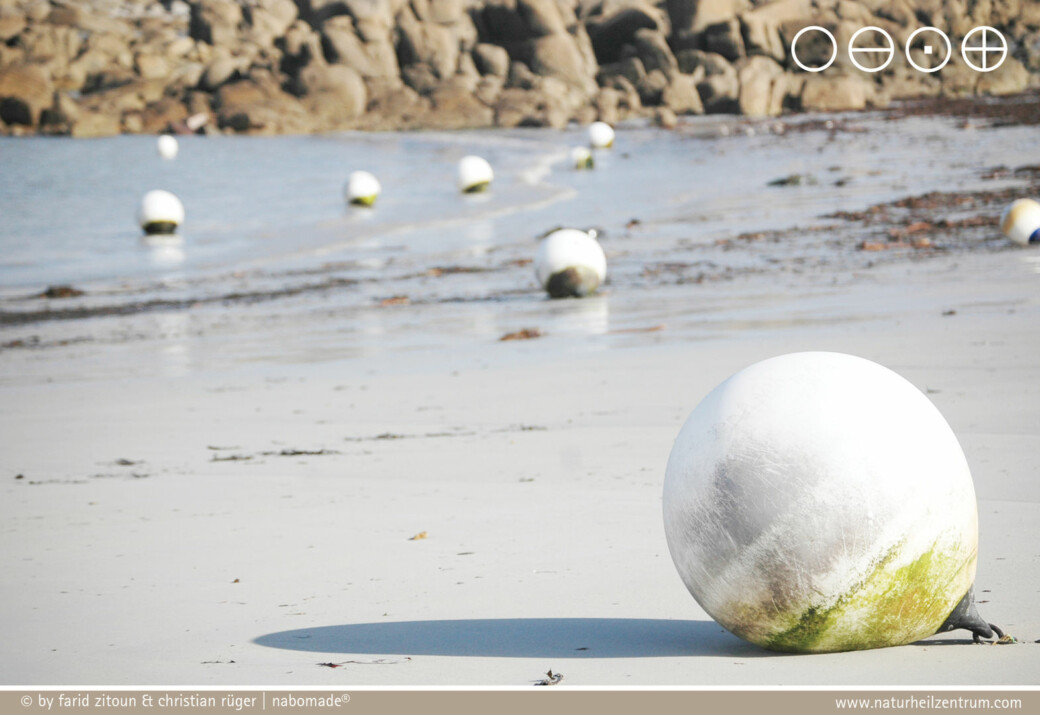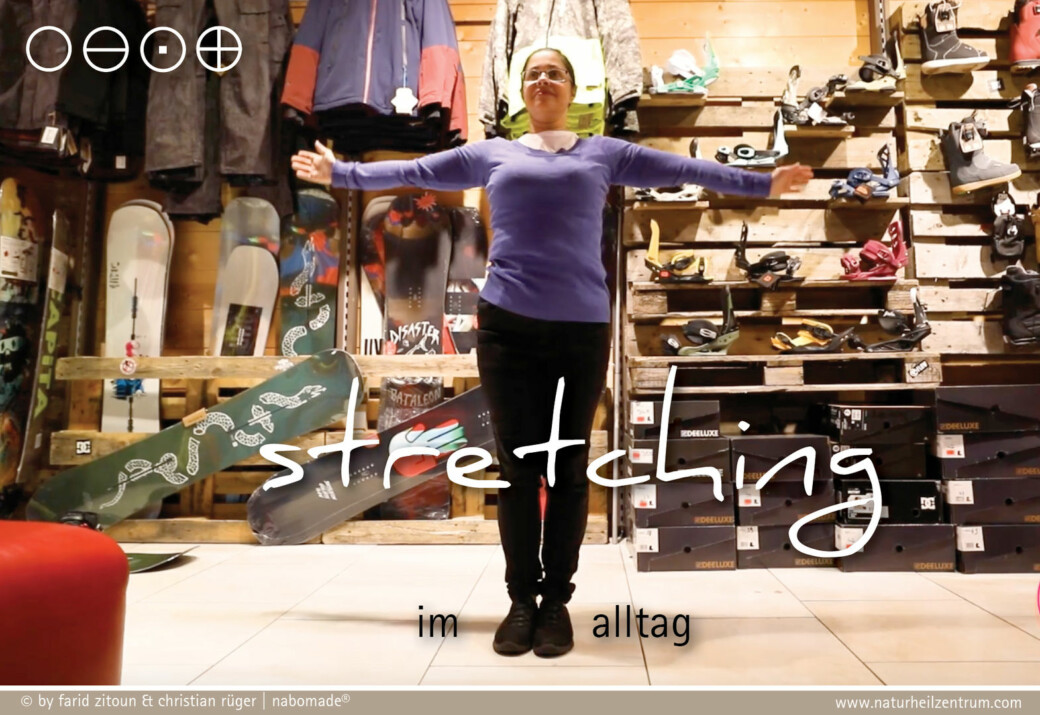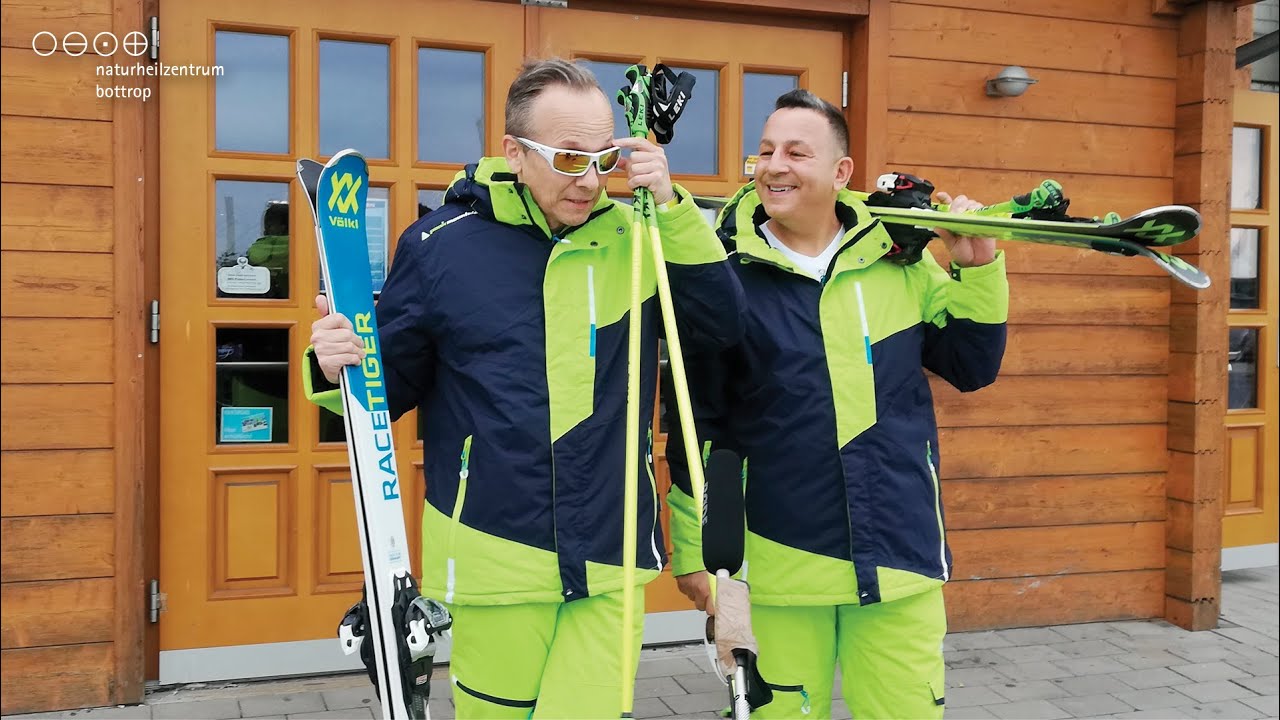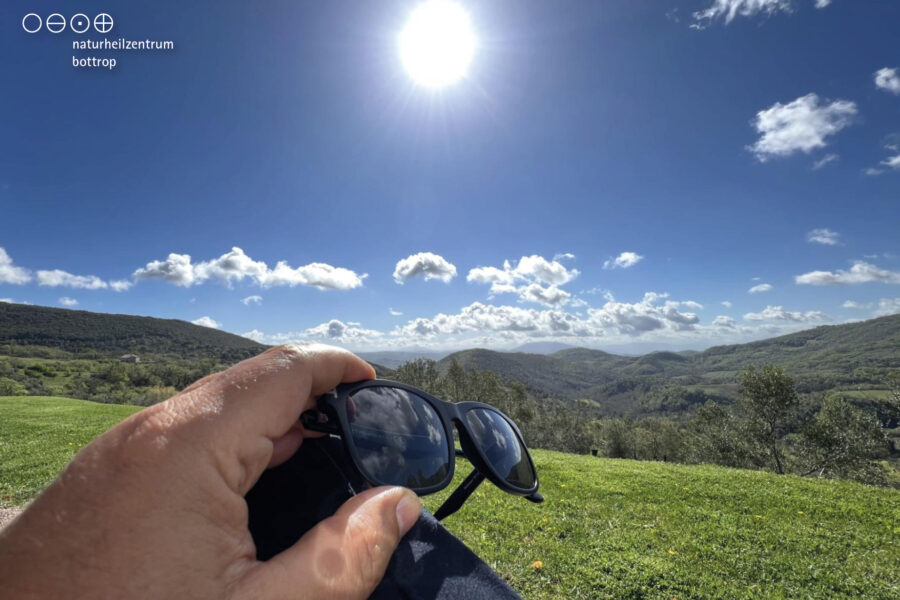Nabomed health knowledge: stretching – before or after sport?

Studies bring new insights
Stretching is everywhere. Those who regularly walk along well-known routes will see a jogger stretching his legs sooner or later. Soccer players stretch their bodies on the field before a game. Dancers mobilize their limbs before a performance, be it backstage in the theater or in the foyer before appearing on stage.
Stretching serves to reduce the risk of injury. The body should become more supple so that abrupt movements don’t lead to tension or pulled muscles. This sounds plausible, at first. But it’s not that simple, explain the experienced naturopaths, Farid Zitoun and Christian Rüger from Naturheilzentrum Bottrop (‘nabo’ for short) in their new health video with lifestyle tips on YouTube:
The facts about stretching
Athletes are now questioning whether stretching is of use or harms them. A study by the Mannheim Institute for Public Health at the University of Heidelberg shows that three-quarters of the top athletes who were surveyed included stretching exercises in their training plans (https://www.germanjournalsportsmedicine.com/fileadmin/content/archiv2011/heft03/pdf_3_2011/kurzbeitrag_schneider.pdf). However, just as many of the athletes also stated that they had doubts about whether the stretching exercises were effective and contributed toward improved performance.
The doubts are justified. Stretching has physiological effects that can be helpful to many People. However, it is important to differentiate what they are exactly, especially in the field of sport.

Stretching increases agility
“Stretching is helpful in sports such as hurdles, gymnastics, dancing, figure skating or martial arts,” says Christian Rüger, manager of Bottrop’s Facility for Integrative Medicine. “Wide, sweeping movements such as the splits or a backward somersault are made possible over long periods of time through suitable stretch training.”
Stretching exercises are also useful in fitness, senior, and office gymnastics. The body basically remains free of pain or tension when you move about in as many ways as possible in everyday life. Sitting down for long periods of time or constantly repeating movements promote unilateral stress and adhesion of less-moving tissue in the body. Loosening exercises for the fascia – the soft-tissue components of connective tissue throughout the whole body, and a combination of strength and stretch training to balance monotonous standard movements are used for pain prevention.

Special needs – senior gymnastics and stretching
When training with seniors, special factors must be taken into account. On the one hand, stretching exercises are useful when it comes to carrying out rarely performed types of movement and, in this way, activating all areas of the body. Good agility can enable People to break falls better. “Better flexibility of tendons and ligaments can, however, also increase the risk of falls, e.g. through twisting ankles more frequently,” says the naturopath, Farid Zitoun, as an expert on acupuncture and muscle activation. “A meaningful mix of strength and stretch training, deliberately designed for specific body parts, is therefore advisable.”
Stretching errors in jumping and ball sports
Soccer, basketball, and volleyball players need good driving power and spring in their muscles, just as track and field athletes do. Scientific research is somewhat contradictory here. While some studies on stretching suggest improvements in performance, others advise against it. This is related to the different forms of stretching. Static, dynamic, ballistic, active, passive or PNF stretching – the forms are multifaceted and their effects have only been partially explored and demonstrated.

Static stretching can often be seen on television. Athletes take one of their feet in their hands, put it behind their backs, pull the foot toward the buttocks, and hold it for several seconds in this position to stretch the thigh. This type of stretching is often considered no longer useful today. Agility is improved for a short time, but the performance capability of the muscles is reduced. Warming-up training such as light jogging is more productive when it comes to achieving the intended warming-up effect and a lower risk of injury to the muscles.
Dynamic stretching is not for swimmers
The exercise described above can also be performed dynamically. Here, the foot is moved slightly up and down by hand, so that the tension in the thigh alternately builds up and breaks down. Such forms of stretching can improve performance capability in the fields of sprinting or jumping, and thus the so-called ‘explosive force’. The stretching exercises should not be performed directly before competitive sports, but on training or competition-free days, as a permanent physical change is sought here.

The study mentioned at the beginning shows that the latest insights into the subject of stretching have already filtered through to some trainers and athletes. Swimmers and weightlifters had far fewer stretching exercises in their training programs than other competitive athletes who were surveyed. This makes perfect sense, since stretching would not have a performance-enhancing effect on these types of sport. Swimmers can perform the movements that they require at any time due to habituation, and do not need to constantly increase their agility. Weightlifters need the strength of their muscles and, above all, the power to practice their sport. Explosive power is not in demand here.
The Bottrop-based YouTuber and blogger, Farid Zitoun summarizes the situation on request: “You can basically say that stretching does not do any harm. You can recommend it in every respect if you want to stay agile and maybe even just loosen up the body after getting up. Just follow your gut feelings here and it’s best to ask a professional if you have questions. Because, if stretching does you good, there’s nothing wrong with it. Incidentally, as an active sportsman and amateur runner, I regularly do stretching exercises. My reading recommendation: “Your path away from pain – toward physical fitness. Yoga or stretching: you decide” on the Naturheilzentrum Tumblr blog.”







